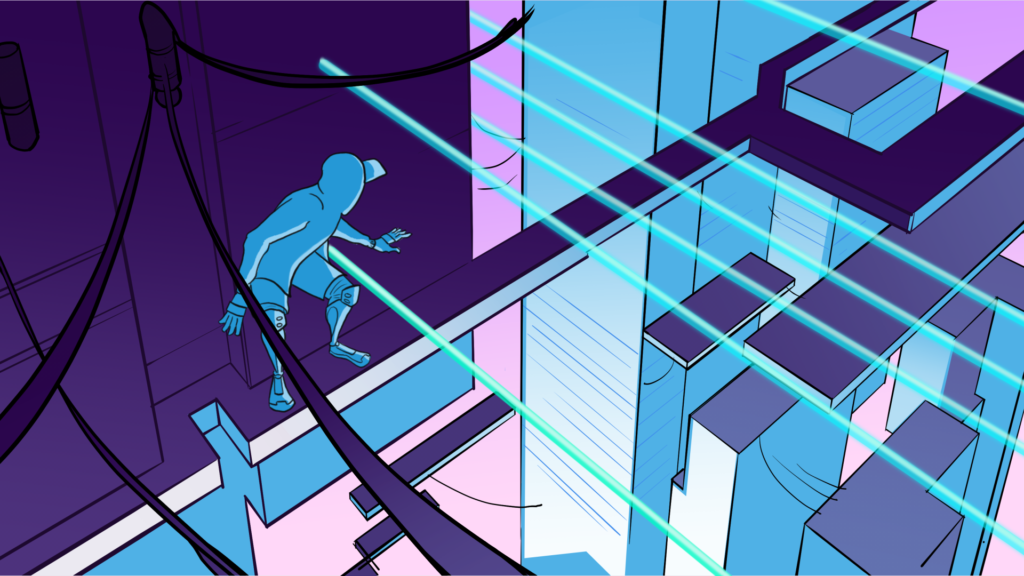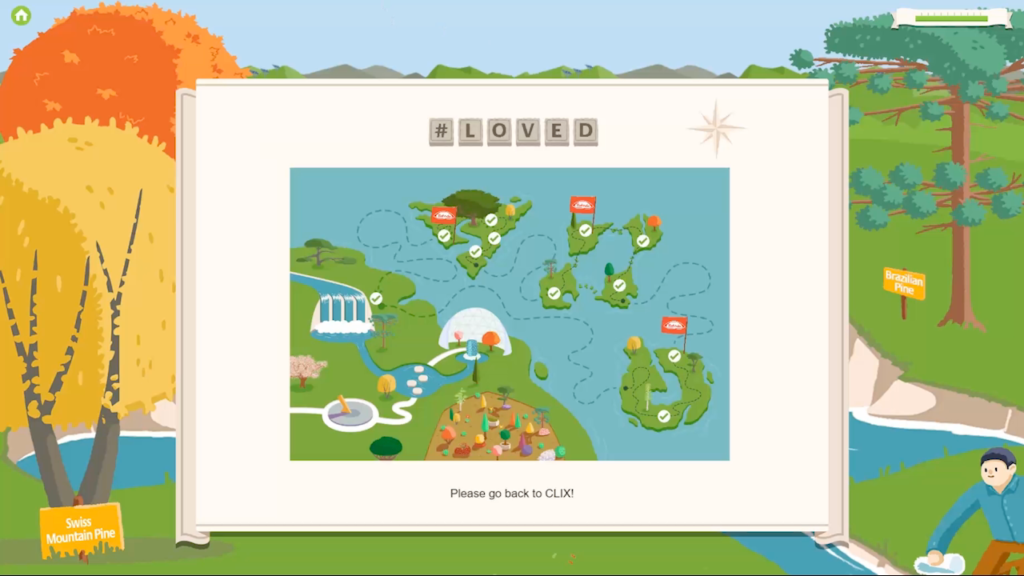If you’re honest with yourself, the content on your internal communications platform is boring. Nobody is reading them. There could actually be a rack of reasons why your employees don’t read your intercoms but the main reason is a lack of engaging content. The problem most companies will encounter when internal communications are ignored are mistakes – and they could be costly.
Internal communication is an important platform to ensure everyone receives and understand the same information. Oftentimes, the message you need to get across is critical for the success of your business. Intercoms build workplace culture, cohesion, boosts productivity, drive engagement and enhances morale. Experiments in corporate settings found that gamification-based storytelling proved to be an effective method of engaging employees. People naturally react positively in response to stories.
Game-based storytelling adds context to internal communications; animated content is visually engaging and stories provoke deeper insights and an emotional connection with your audience. Moreover, if you place your employees at the centre of your communication people can associate with the characters and the situation. The focus of the story should be actions your employees perform regularly and situations they experience in the workplace or working from home – which may be a new experience your staff is still getting accustomed to.
Through their actions and experiences, animated characters can make values and culture relatable in a way that strategy documents laden with dry content cannot. The best method of communication is to show, not tell. Showing brings a situation to life and, when done well, evokes an emotional response and helps people remember the content.











